طوب الكربون
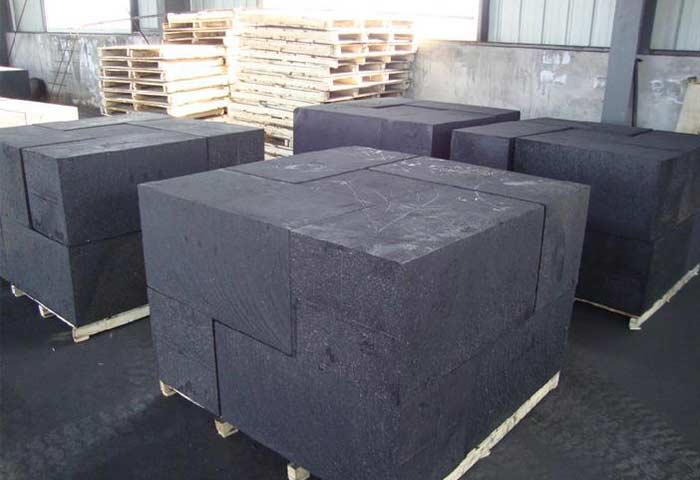
Carbon bricks are refractory bricks made from a mixture of high-quality graphite and clay. They are known for their exceptional high-temperature resistance and are widely used in various industries that require resistance to high temperatures, such as steel, يبني, زجاج, and non-ferrous metal industries.
Carbon bricks have excellent thermal conductivity, تمدد حراري منخفض, and excellent chemical resistance, making them ideal for use in extreme environments.
PER refractories company has a large inventory of high quality carbon refractory bricks. Contact us today for a better price on carbon bricks.
PER Carbon Bricks Types
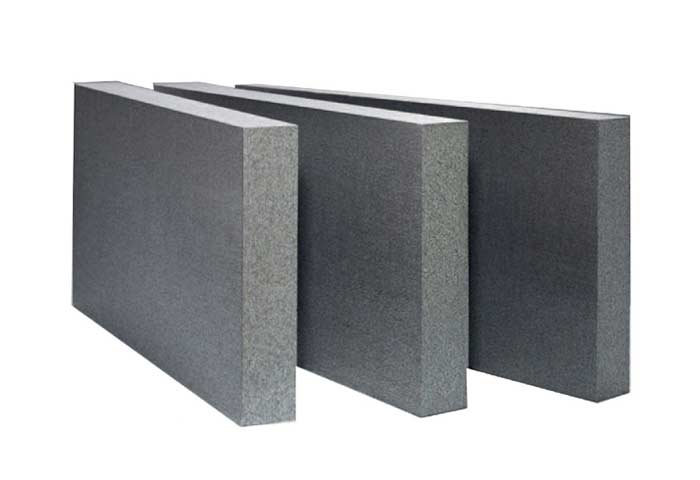
Graphite Bricks
Graphite bricks are carbon bricks made of high-purity graphite, which has a crystalline structure that provides excellent thermal conductivity and resistance to thermal shock.
Graphite bricks are commonly used in the steel industry, where they are used to line the walls of blast furnaces, electric arc furnaces, and ladles.
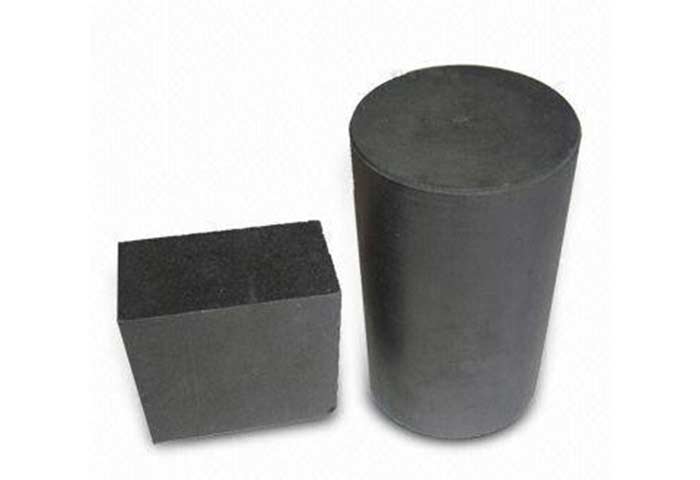
طوب الكربون
Carbon bricks are made of a mixture of high-quality graphite and clay.
They have excellent thermal conductivity and resistance to thermal shock, making them ideal for use in applications that require high-temperature resistance.
Carbon bricks are commonly used in the cement and glass industries, where they are used to line furnaces and kilns.
طوب كربيد السيليكون
طوب كربيد السيليكون are carbon bricks made of silicon carbide, a compound of silicon and carbon.
They have excellent thermal conductivity, تمدد حراري منخفض, and excellent chemical resistance.
Silicon carbide bricks are commonly used in the non-ferrous metal industry, where they are used to line the walls of smelting furnaces and crucibles.
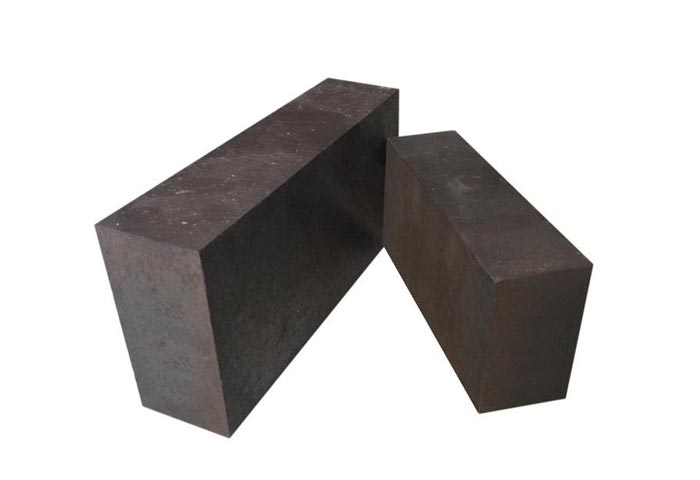
Magnesia Carbon Bricks
Magnesia carbon bricks are carbon bricks made of magnesia and graphite.
They have excellent thermal conductivity and resistance to thermal shock, making them ideal for use in applications that require high-temperature resistance.
Magnesia carbon bricks are commonly used in the steel industry, where they are used to line the walls of ladles and converters.
Applications of Carbon Bricks
1. Steel Industry
Carbon bricks are widely used in the steel industry, where they are used to line the walls of blast furnaces, electric arc furnaces, and ladles.
The high-temperature resistance of carbon bricks makes them ideal for use in these applications, where temperatures can exceed 2,000°C.
2. Cement Industry
Carbon bricks are used in the cement industry, where they are used to line furnaces and kilns.
The high-temperature resistance of carbon bricks makes them ideal for use in these applications, where temperatures can exceed 1,500°C.
3. Glass Industry
Carbon bricks are used in the glass industry, where they are used to line furnaces and kilns.
The high-temperature resistance of carbon bricks makes them ideal for use in these applications, where temperatures can exceed 1,600°C.
4. Non-Ferrous Metal Industry
Carbon bricks are used in the non-ferrous metal industry, where they are used to line the walls of smelting furnaces and crucibles.
طوب كربيد السيليكون, in particular, are commonly used in this industry due to their excellent chemical resistance.
حول شركة الحراريات PER
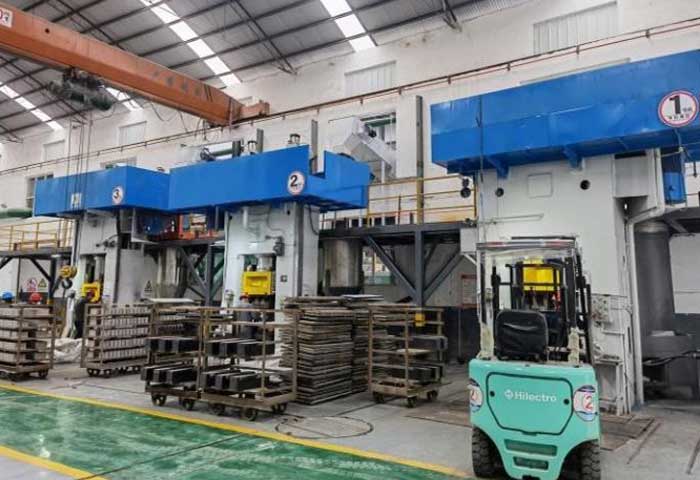
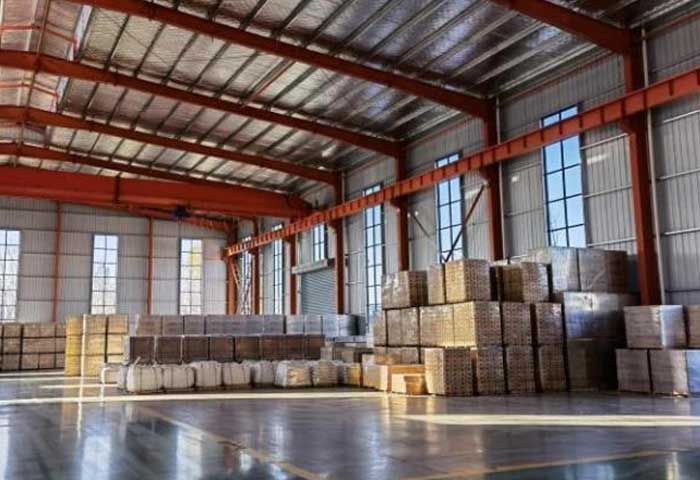
شركة الحراريات PER موجود في مدينة شينمي, مقاطعة خنان, مسقط رأس المواد الحرارية في الصين. شركتنا هي مؤسسة حرارية قائمة على التكنولوجيا تدمج R.&د, إنتاج, مبيعات, والخدمات الفنية. توفر الموارد الغنية والجودة الممتازة في الإقليم ظروفًا فائقة لا مثيل لها لإنتاج المواد المقاومة للحرارة. منتجاتنا الرئيسية هي الطوب الطيني الحراري, طوب حراري عالي الألومينا, طوب السيليكا المقاوم للحرارة, طوب حراري المغنيسيوم, طوب موليت, طوب عازل, وغيرها من المنتجات المقاومة لدرجات الحرارة العالية.
شركة PER للحراريات هي قاعدة إنتاج الأخضر, توفير الطاقة, ومواد حرارية جديدة صديقة للبيئة. لقد حصلت شركتنا على شهادة ISO9001:2008 شهادة نظام الجودة الدولية و GB / T24001-2004 / ISO14001:2004 شهادة نظام الإدارة البيئية, شهادة وكالة فحص جودة المؤسسة. منتجاتنا تباع بشكل جيد في أكثر من 20 دول في جميع أنحاء العالم. هم المنتجات الحرارية المفضلة لعلم المعادن, غير حديدية, البتروكيماويات, زجاج, سيراميك, وغيرها من الصناعات الحرارية.
